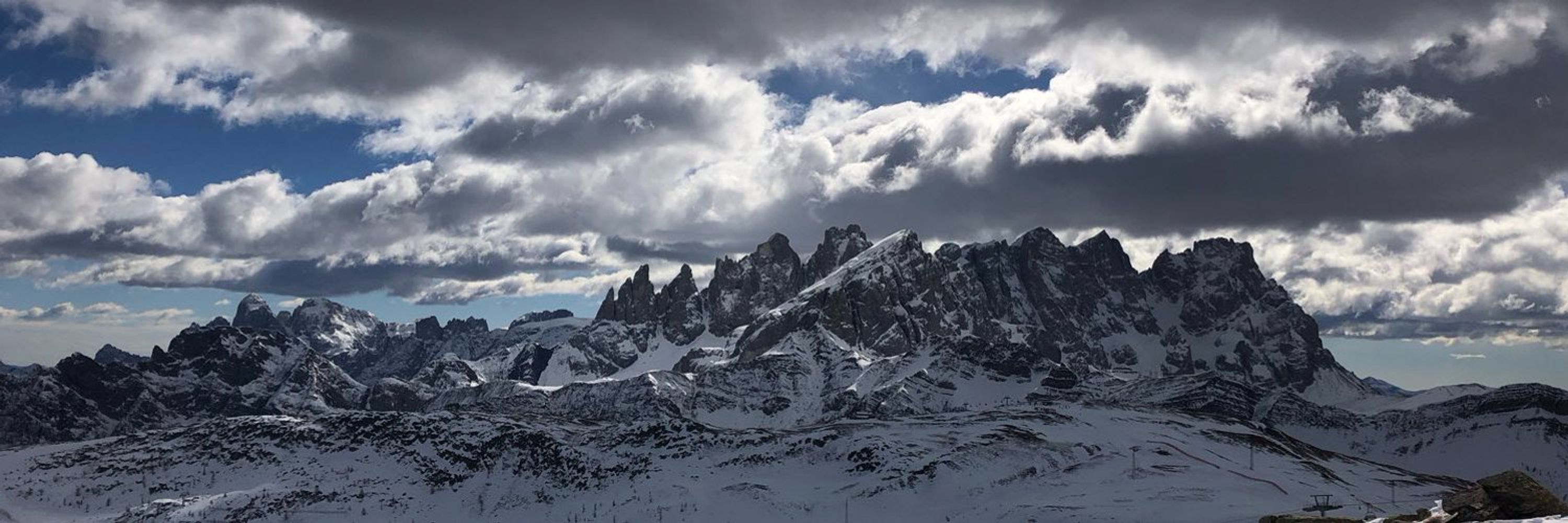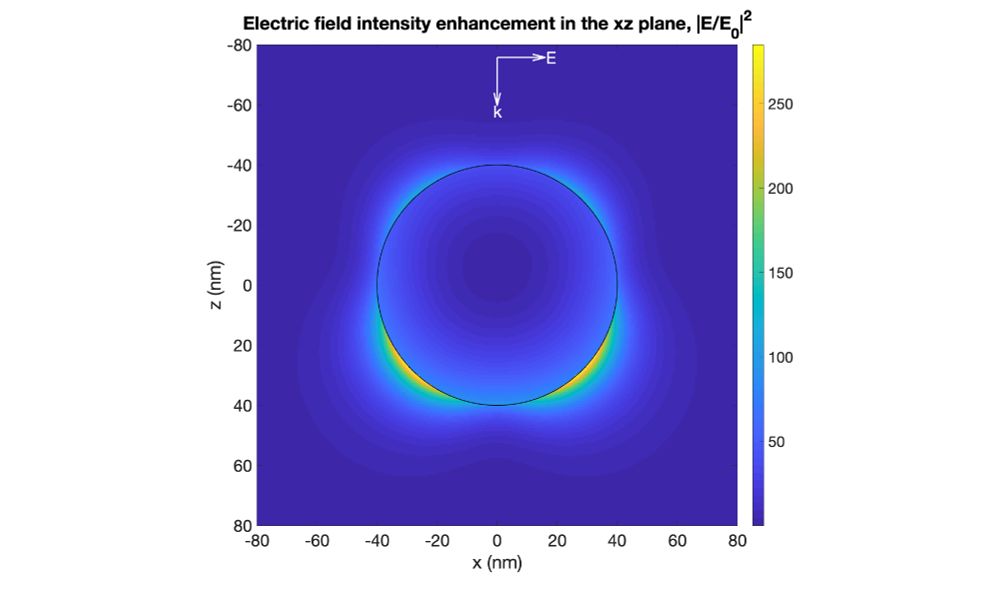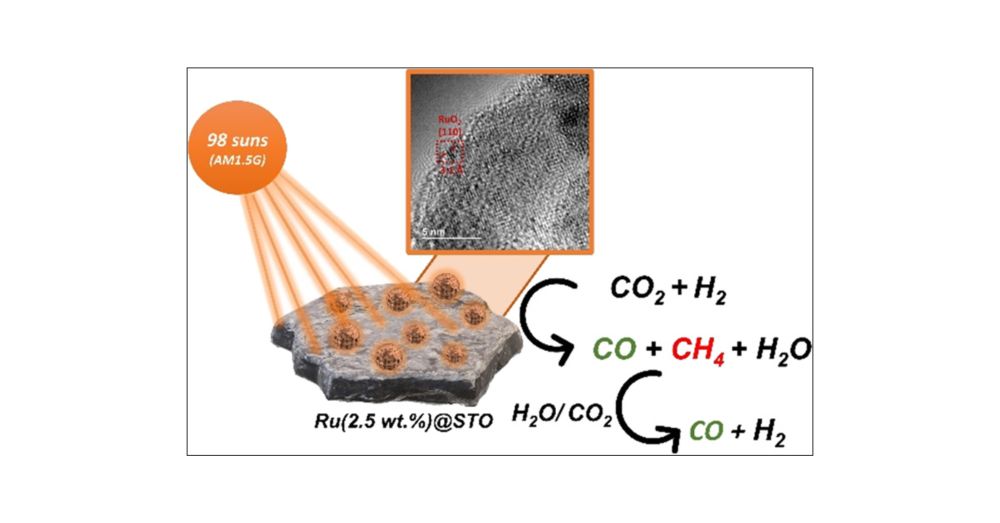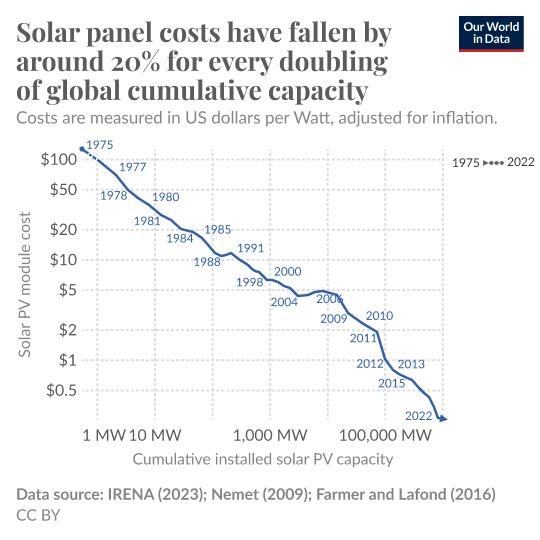

github.com/andrea-baldi...
Might be useful for people working in #plasmonics and #nanophotonics, and one can make pretty figures like this 😍.

github.com/andrea-baldi...
Might be useful for people working in #plasmonics and #nanophotonics, and one can make pretty figures like this 😍.
Europe has the means to definitively surpass the US in terms of transport, climate, training and productivity, as it already did for health. This is the only civilisational competition that matters.
www.lemonde.fr/blog/piketty...
Europe has the means to definitively surpass the US in terms of transport, climate, training and productivity, as it already did for health. This is the only civilisational competition that matters.
www.lemonde.fr/blog/piketty...
Kudos to Quynh Nguyen for her amazing work!
If you love nanomaterials synthesis, plasmonics, and non-linear optics, check here: doi.org/10.1039/D4TC...
Kudos to Quynh Nguyen for her amazing work!
If you love nanomaterials synthesis, plasmonics, and non-linear optics, check here: doi.org/10.1039/D4TC...
Kudos to Quynh Nguyen for her amazing work!
If you love nanomaterials synthesis, plasmonics, and non-linear optics, check here: doi.org/10.1039/D4TC...
pubs.acs.org/doi/10.1021/...

pubs.acs.org/doi/10.1021/...



